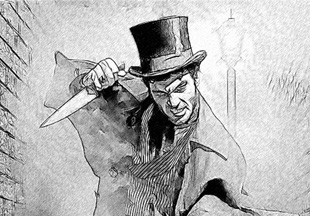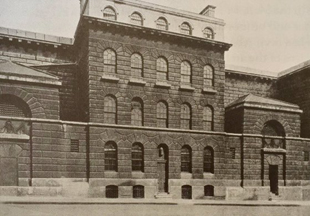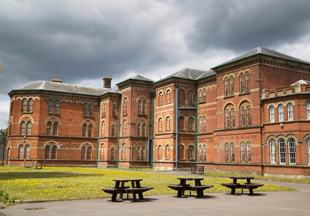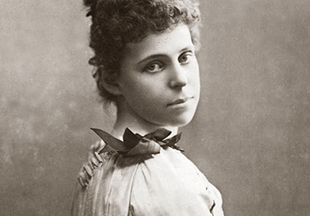Michael Ostrog
Michael Ostrog was one of three suspects named by Macnaghten as the most likely murderer. Michael Ostrog was born in Russia and was known to be a thief and confidence trickster. He lived in England for many years.In recent times, according to research by leading author/investigator Philip Sugden, it is believed that Michael Ostrog was actually in prison in France during the Whitechapel murder spree of 1888.
In a draft report Macnaghten had written "Michael Ostrog, a mad Russian doctor & a convict & unquestionably a homicidal maniac. This man was said to be habitually cruel to women, & for a long time was known to have carried about with him surgical knives & other instruments; his antecedents were of the very worse & his whereabouts at the time of the Whitechapel murders could never be satisfactorily accounted for. He is still alive."
The official Scotland Yard file is significantly shorter, although carries the same message: "Michael Ostrog, a Russian doctor, and a convict, who was subsequently detained in a lunatic asylum as a homicidal maniac. This man's antecedents were of the worst possible type, and his whereabouts at the time of the murders could never be ascertained."
Ostrog had been noted as a person of interest by the police in their publication "The Police Gazette".
Ostrog had a comprehensive criminal record and served several prison sentences, some quite harsh in relation to the offence!
In August 1883 Ostrog was released from another prison sentence on licence. He was soon on the wanted list of the Metropolitan Police as he had failed to report on a number of occasions. A Police Gazette report was issued giving the following details:
Ostrog was five feet & eleven inches tall
Believed to be fifty years of age
He had dark brown hair
Grey eyes
Dark complexion
Flog marks on his back
Ostrog was known to be in London in 1887 as he was arrested by PC Frank Mulvey following an attempted theft at the Royal Military Academy in Woolwich. He was convicted under the false name of Claude Cayton and sentenced to six months' imprisonment with hard labour. He was released on 10th March 1888.
It was on 26th October 1888 when the Metropolitan Police published an article naming him as a person of interest in the Police Gazette, once more for failing to report. It was published with a warning: "Special attention is called to this dangerous man."
Ostrog has been discounted by many investigators as he didn't match witness descriptions and didn't appear to have any violent tendencies, especially towards women.







Comments
dee
14 Jul 2018 16:46really usefull information thank you helped me a lot with my history homework.